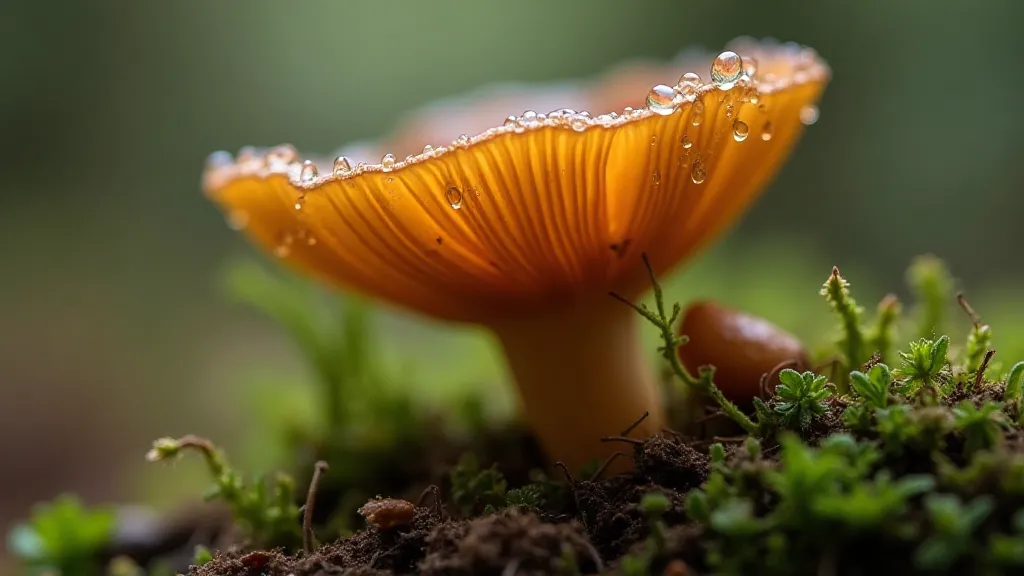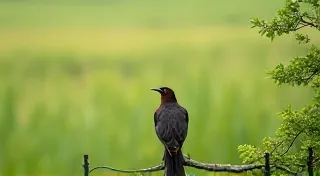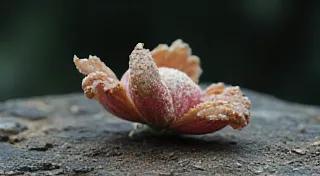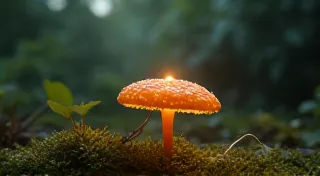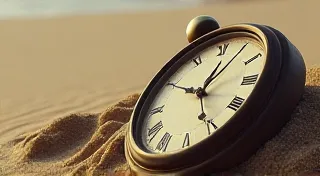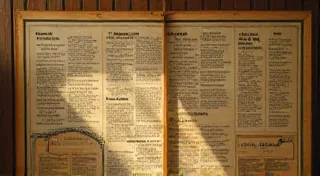Ephemeral Echoes: Fairy Rings and the Memory of Place
There’s a particular kind of melancholy that settles upon a landscape steeped in history. It isn’t a sadness of loss, not necessarily, but a deep awareness of what has been, a feeling of standing upon a palimpsest where countless stories are layered beneath the surface. And sometimes, that feeling is most profoundly felt in the presence of a fairy ring. These circular congregations of mushrooms, more often than not the honey fungus (Armillaria mellifera), are not merely a biological phenomenon; they are, according to centuries of folklore, portals, meeting places, and, crucially, tangible reminders of something lost – echoes of a past that whispers through the grass.
My own fascination with fairy rings began not in a forest, but in my grandfather’s attic. He was a collector of antique accordions, each one a beautifully complex machine of bellows, keys, and reeds. They sat lined up like silent sentinels, testaments to a tradition of music and gathering. He’s long gone now, but the memory of his touch on those instruments, the scent of oiled wood and aged leather, remains vividly real. An accordion, like a fairy ring, isn’t just an object; it's a repository of shared experience. It’s the sound of celebrations, dances, and long-forgotten melodies. The craftsmanship involved in creating these instruments – the meticulous carving of keys, the delicate construction of the bellows – speaks of a dedication to beauty and utility that seems increasingly rare in our modern world. Each subtle imperfection, each mark of wear, tells a story.
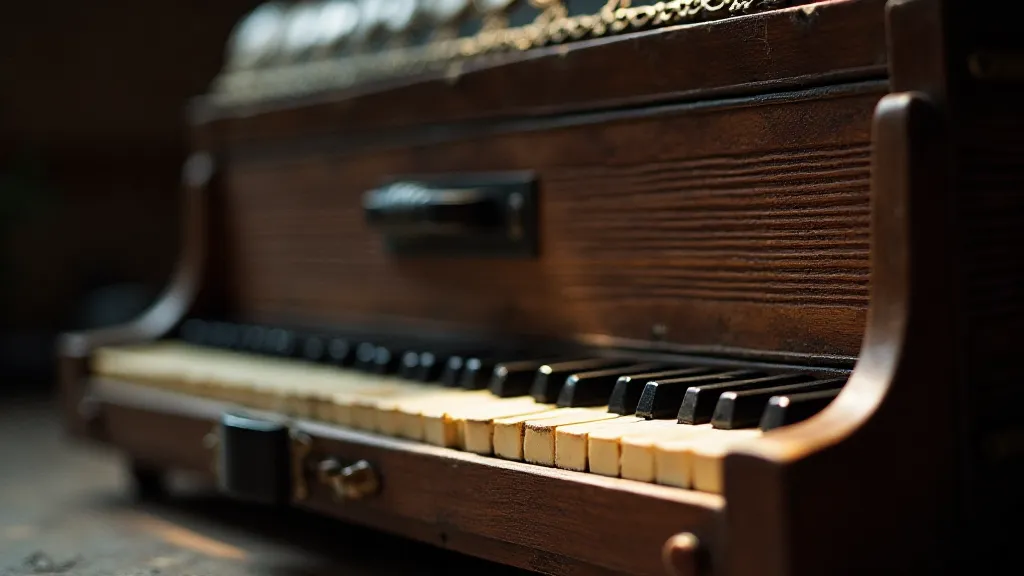
Ancient Beliefs and the Ring’s Significance
The folklore surrounding fairy rings is incredibly diverse, reflecting the regional variations in beliefs across Europe and beyond. In many English villages, encountering a fairy ring was considered deeply unlucky. Stepping inside was said to trap you, forcing you to dance until you collapsed from exhaustion, a victim of the fairies’ whims. This wasn't necessarily malicious; the fairies were powerful beings, and their revelries were not for human eyes. Other accounts painted a more benign picture – fairy rings as places of magical healing or as gateways to the Otherworld. In Scandinavia, similar circles of mushrooms were linked to the dances of the elves, who would hold their nightly gatherings in these secret places.
The very shape of the ring is symbolic. The circle represents wholeness, eternity, and the cyclical nature of life and death – themes profoundly embedded in ancient cultures. It’s a visual representation of a boundary, a threshold between the known and the unknown. Consider the Celtic belief in sacred groves, often marked by circular earthworks – these share a similar symbolic resonance with the fairy ring. The act of gathering in a circle is inherently communal; it fosters a sense of belonging and shared identity. Perhaps the fairies' preference for circular gatherings reflects this deep-seated human desire for connection.
The Science and the Story
Of course, science offers a more pragmatic explanation for the formation of fairy rings. The honey fungus, for instance, spreads outwards in a circular pattern as its mycelia consume organic matter in the soil. As the fungus exhausts the resources in a particular area, it dies back, leaving behind a ring of older, dead mushrooms. This process repeats year after year, creating the characteristic circular appearance. It's a beautiful demonstration of natural processes – a silent, ongoing cycle of growth and decay.
But reducing the fairy ring to a purely scientific explanation feels… incomplete. It diminishes the power of the folklore, the depth of the emotional connection people have felt with these natural formations for centuries. It's as if explaining the intricate workings of an antique accordion would somehow negate its beauty and the skill of its maker. The understanding of the science doesn’t erase the music; it simply offers a different perspective.
Regional Variations and Local Legends
The specifics of fairy ring folklore vary greatly from region to region. In Cornwall, for example, it was believed that if you could throw a stone over a fairy ring, you’re protected from the fairies’ power. In Germany, they were known as "Hexenkreise," or witches' rings, believed to be places where witches held their sabbats. The lore often incorporates local history and anxieties – the fairies often embody the uncertainties and fears of a community.
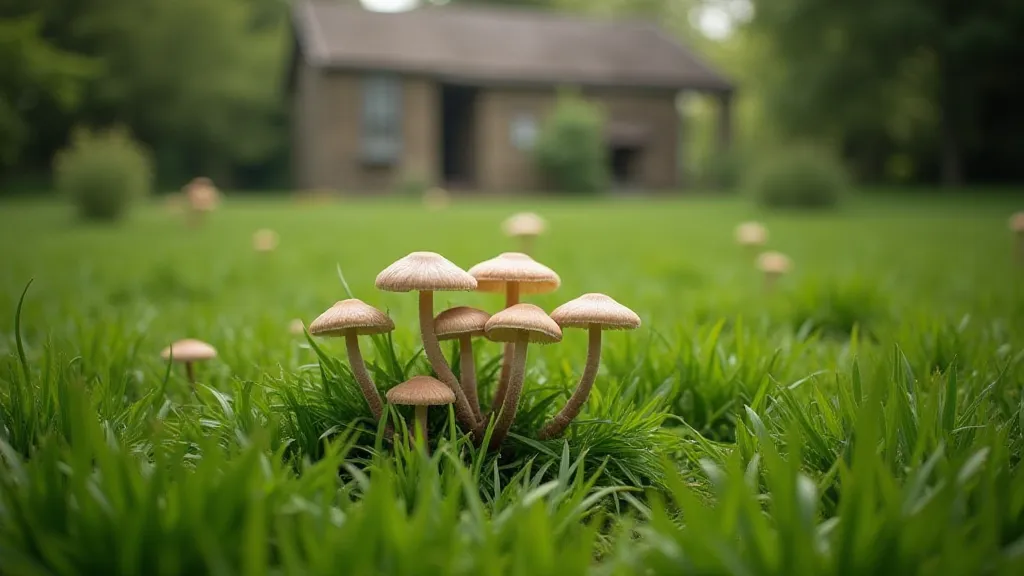
What's fascinating is how these beliefs often intertwine with the landscape. Fairy rings are rarely found in isolation; they are often found near ancient burial mounds, stone circles, or forgotten paths – places imbued with their own layers of history and meaning. It’s as if the fairies themselves are guardians of the past, keeping vigil over forgotten stories and ancient memories.
The Ring as a Palimpsest
Ultimately, the fairy ring functions as a tangible reminder of the past. Like a palimpsest – an ancient manuscript where earlier writing has been erased and overwritten, yet still faintly visible beneath the surface – the fairy ring holds echoes of stories long forgotten. These stories may be about the fairies themselves, or they may be about the people who lived in the area before us, and the beliefs they held.
Standing within a fairy ring, one can almost feel the weight of history, the presence of those who came before. It's a humbling experience, a reminder of our own fleeting existence within the vastness of time. Just as carefully restoring an antique accordion reveals the craftsmanship of a bygone era, appreciating the folklore of fairy rings connects us to the beliefs and anxieties of our ancestors. Perhaps, more than anything, fairy rings serve as a potent symbol of the enduring power of story and the enduring human need to find meaning in the natural world. They are not merely circles of mushrooms; they are ephemeral echoes of a past that continues to whisper through the grass.
